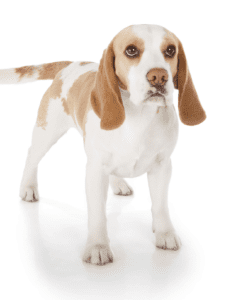Uncategorized
When born, a lemon beagle puppy’s coat is nearly completely white.As the lemon beagle puppy grows, the lemon markings will become more distinct, and the coat will darken to its adult coloration.The lemon and white beagle lemon markings will usually darken, and they will become distinctively two-toned. In fact, a pure beagle cannot be entirely…
Read MoreJanuary 8, 2022/Sarah Brady Isn’t it strange that one of the sweetest dogs is likened to a lemon? Dogs that most people identify as Beagles are traditionally tri-colored, mainly with white, brown, and black markings. It is considered one of the best hunting dogs, lemon or otherwise, as well as a great family companion dog since the…
Read More“Lemon and white Beagles (or any other Beagle color) generally do not have a “doggie” smell. That is, unless they have rolled in something that doesn’t smell like perfume! My childhood farm dog, an adorable red and white Beagle named “Holly,” used to enjoy a good roll in horse manure, and I can tell you…
Read MoreWhen to Socialize Your Puppy During your puppy’s first three months of life, he will experience a socialization period that will permanently shape his future personality and how he will react to his environment as an adult dog. Gently exposing him to a wide variety of people, places, and situations now makes a huge, permanent…
Read MoreWhat is a Lemon Beagle, Anyway?A lemon Beagle is, well, a Beagle!Beagles are great, active companions.With their stereotypical hound-look, these beautiful dogs can easily steal anyone’s heart.Beagles are, first and foremost, hunting dogs. Lemon Beagle SizeThere are actually two “sub-classes” of Beagles.Those that are below thirteen inches, and those that are between thirteen and fifteen…
Read MoreThe lemon Beagle is a purebred Beagle with a lemon and white coat. This Beagle color is relatively uncommon and costs significantly more than other Beagle colors. Lemon Beagles are often born white and develop lemon-colored spots as they get older. For the most part, the lemon Beagle is much like any other purebred Beagles.…
Read More- « Previous
- 1
- 2





